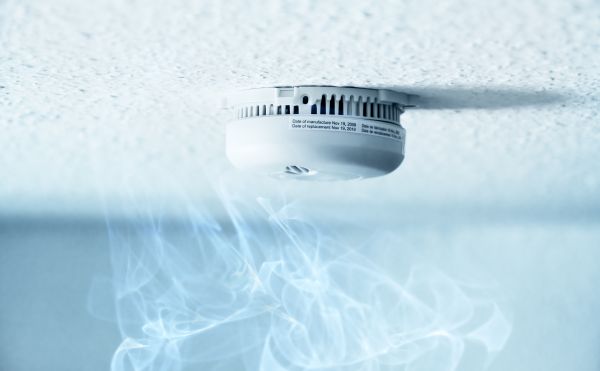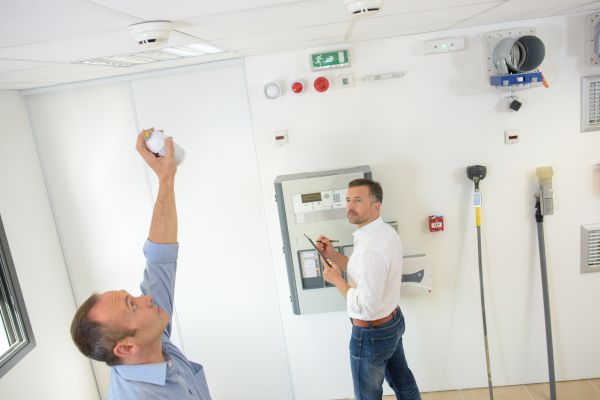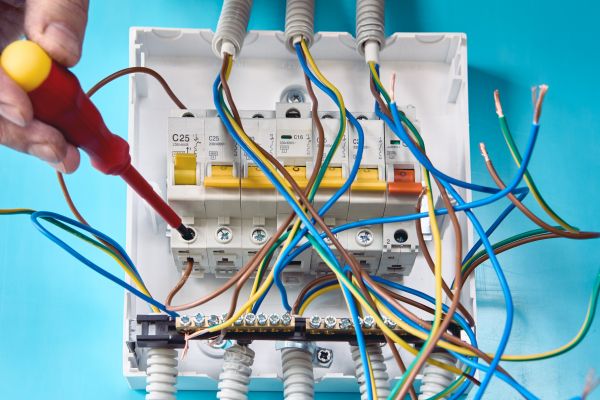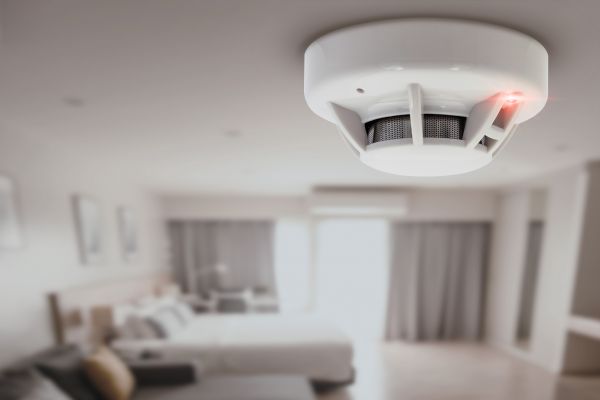Electrical Troubleshooting
Connect with experienced local pros.
Electrical troubleshooting is a critical process in diagnosing and resolving electrical issues within residential, commercial, and industrial settings. It involves methodically examining electrical systems to identify faults or failures that could lead to malfunctions or safety hazards. This process is essential because it ensures the reliability and efficiency of electrical systems, preventing potential disruptions in operations and reducing the risk of electrical fires or other dangerous situations. By addressing issues promptly, electrical troubleshooting helps maintain safety standards and extends the lifespan of electrical equipment.
Benefits of Electrical Troubleshooting
-
Enhanced Safety
Electrical troubleshooting identifies potential hazards in electrical systems, such as faulty wiring or overloaded circuits, which can prevent electrical fires and ensure a safe environment for occupants. By addressing these issues proactively, the risk of accidents and injuries is significantly reduced. -
Improved Efficiency
By diagnosing and fixing electrical problems, troubleshooting helps optimize the performance of electrical systems. This leads to reduced energy consumption and lower utility bills, as well as enhanced productivity in environments that rely heavily on electrical equipment. -
Cost-Effective Maintenance
Regular electrical troubleshooting can identify minor issues before they escalate into costly repairs or replacements. By maintaining the health of electrical systems, it reduces the need for emergency repairs and extends the lifespan of electrical components, resulting in long-term savings. -
Minimized Downtime
In commercial and industrial settings, electrical issues can lead to significant downtime, affecting operations and profitability. Effective troubleshooting ensures that problems are resolved quickly, minimizing interruptions and maintaining business continuity.
FAQs About Electrical Troubleshooting
What is the first step in electrical troubleshooting?
The first step in electrical troubleshooting is to gather information about the problem, which involves understanding the symptoms, when they occur, and any recent changes to the system that might have triggered the issue.
How often should electrical troubleshooting be performed?
The frequency of electrical troubleshooting depends on the age and condition of the electrical system, as well as the specific needs of the environment. Regular inspections are recommended, especially in older buildings or high-demand settings.
Can electrical troubleshooting be done without professional help?
While some basic troubleshooting can be done by individuals with a good understanding of electrical systems, complex issues should always be addressed by a qualified professional to ensure safety and compliance with regulations.
What tools are commonly used in electrical troubleshooting?
Common tools include multimeters, circuit testers, and infrared thermometers, which help diagnose various electrical issues by measuring voltage, current, and temperature differences.
Fill out the contact form to request Electrical Troubleshooting today, and experience the benefits of enhanced safety, improved efficiency, cost-effective maintenance, and minimized downtime with professional Electrical Troubleshooting services.





